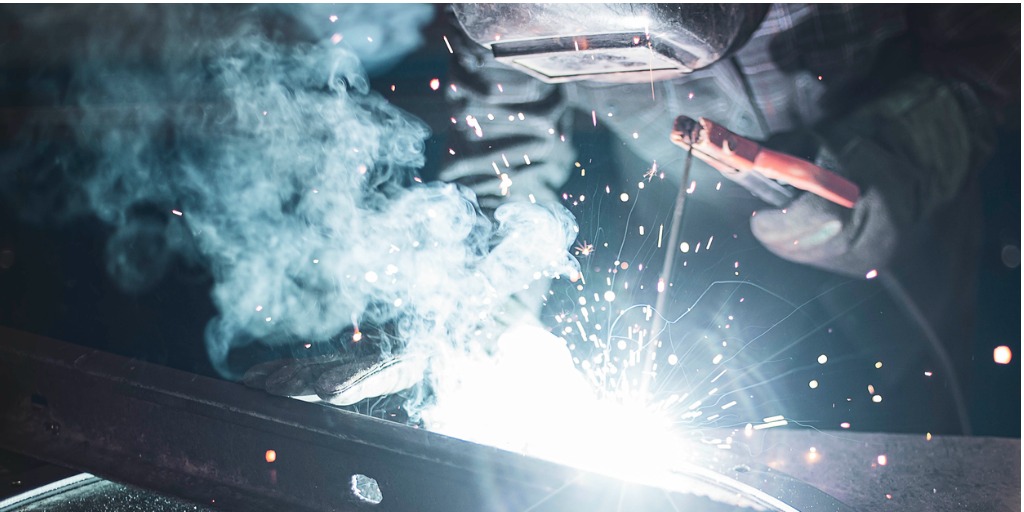What are ferrous metals?
Supply and demand, trading, and hedging explained
A ferrous metal is any opaque, fusible, ductile, and lustrous substance that is a good conductor of electricity and heat, forms cations by loss of electrons, and yields basic oxides and hydroxides; especially one that is a chemical element as distinguished from an alloy.
Whatever definition we like to use, one undeniable fact is that most manufactured products either contain metal or were developed using metal. This makes metal one of the most important substances on earth. Metals can be divided into three parts:
- Gold and other precious metals
- Ferrous metals
- Non-ferrous metals

Supply and demand
The factors that determine the supply of a ferrous metal are:
- Recycling: Scrap metal from industrial processes, end-of-life products such as cargo containers, vehicles, domestic appliances, industrial machinery, and construction materials are melted down and recycled into new products.
- Production: Ferrous metals can be produced from iron ore, a substance that is rich in iron and oxide and found in rocks and minerals.
- Imports: Many countries – such as India – have restrictions on the export of ferrous metals, thereby reducing international trade.
The demand for ferrous metals mostly comprises industrial use. Unlike a precious metal, ferrous metals are not held as a store of value over time nor are they used for decorative purposes such as jewelry.
Ferrous metals are some of the most traded commodities, by volume. Historically the trading of ferrous metals was typically on a North South axis, but these days it has become more global in nature.
The trading of ferrous metals is primarily denominated in US dollars so the level of exports is strongly influenced by the value of the US dollar.

Trading
Ferrous metals are traded over the counter (OTC) and increasingly on numerous commodity exchanges including the London Metal Exchange (LME), CME Group, Intercontinental Exchange (ICE), and the Dalian Commodity Exchange (DCE).
The main types traded are:
- Iron ore
- Scrap metal
- Steel billets
- Steel rebar

Trading in action at the London Metal Exchange. Source: CNBC
Hedging with metal futures
Hedgers in the ferrous metal markets include:
- Scrap processors looking to lock in a fixed sales price
- Mining companies seeking protection against falling prices
- Steel fabricators looking to hedge against rising prices of steel inputs and access lower financing costs
- Steel merchandisers wanting to hedge against lower prices between the time they purchase (or contract to purchase) steel from steelworks and the time they sell it
- Manufacturers/rerollers looking to protect themselves against increasing raw material costs
- Construction companies and automotive companies wishing to lock in the future prices of steel
- Merchants looking to protect against decreasing inventory values
A popular commercial application is the short futures hedge. Short hedges are accomplished by selling the required number of futures contracts and buying them back at a later date when it is time to sell the metal in the cash market. If the cash price falls during the interim period, any (theoretical) cash market loss will (hopefully) be offset by a gain in the futures market.
This content is taken directly from the Intuition Know-How course on commodities.
What is Intuition Know-How?
Intuition equips over 2 million financial services professionals annually with the knowledge to deliver in the rapidly moving global marketplace. Our extensive Know-How content library is trusted by the world's largest investment and commercial banks, leading asset managers, insurance firms, regulatory bodies, and professional services firms.
Click the image below to learn more about Know-How.


